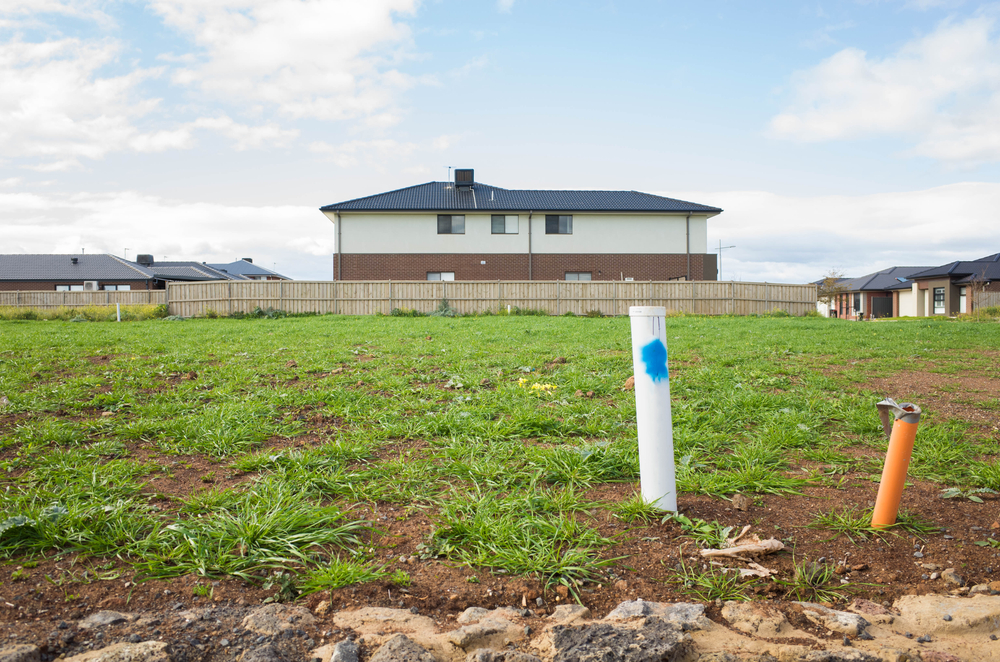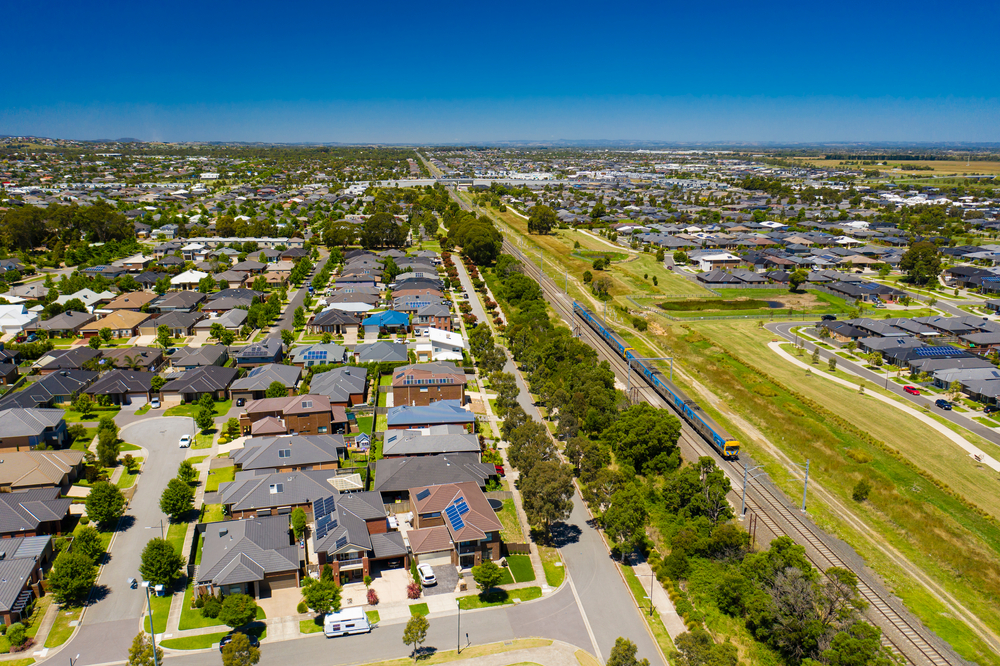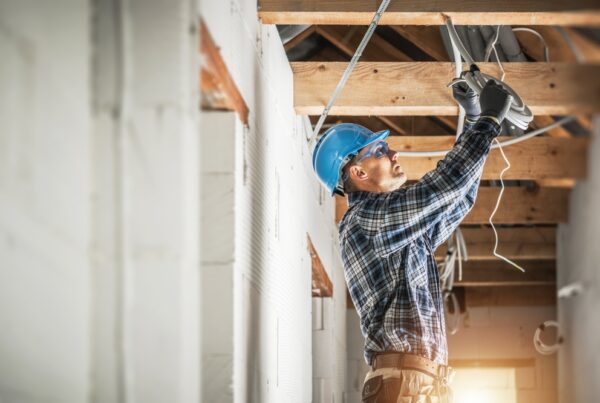The link between building approvals and the prevalence of rental bonds in the market is not necessarily an obvious one. However, it is self-evident in some parts of the state that an increase in approvals leads to improvements in housing supply that is then delivered to the rental market.

As the REIV maintains its efforts to promote the provision of housing supply across Victoria, we looked back at a five-year period of ABS data that covers building approvals across the state and the correlations they have with the number of rental bonds being held, giving us an idea of where tenants might be choosing to call home.
Figures show that half of the twenty-four municipalities that saw an increase on their building approvals over the five years between January 2019 and January 2024 also experienced an increase on their rental bonds held. This suggests an increased uptake of renters within these municipalities. Of those twelve, a relatively even statewide split occurred with seven in metropolitan Melbourne and the remaining five in regional Victoria. The municipality of Melbourne, which includes the city’s central business district and surrounding suburbs such as Carlton and Kensington, in addition to sections of bordering popular locales such as Flemington, North Melbourne, and South Yarra, had a jump in annual building approvals over the five-year period of 1,137. Against an increase of 28.9 per cent in rental bonds within Melbourne in the same period, it can be concluded that a significant increase of properties became available on the rental market, either through new numerous builds going up or a shift taking place from owner-occupied dwellings to them being filled by new renters. This centralisation of availability, particularly given the turbulent housing conditions that emerged following the pandemic, suggests a robustness in Melbourne’s commercial centre for the residential rental market.
Looking beyond the CBD, prominent growth suburbs of Melbourne made up the four of the five municipalities with the largest number of overall approvals for Victoria. Approvals in the metropolitan municipalities of Casey (2,947), Melton (2,524), Wyndham (2,165) and Whittlesea (1,616) all factored amongst the highest level of approvals, though Wyndham showed an overall decline over the five-year period with Whittlesea remaining stable in its total approvals. The fifth of this top-five cohort was Geelong, a regional city just beyond Melbourne’s southwestern city border, with a five-year high of 1,875 approvals. Of these top municipalities, all showed substantial growth of rental bonds, suggesting that the approval growth was fuelling rental availability in these areas. Through observing the increase in rental bonds of 7.2 per cent in Geelong right through to 55.1 per cent in Melton over that five-year period, a direct link can be assumed between building approvals and an increase in rental bonds.
Interestingly, out of the ten municipalities with the highest percentage increase in their building approvals, there was a sizeable variation between the increases and decreases of rental bonds that were being held in them. Of those, four municipalities showed increases of rental bonds on hand with the remaining six demonstrating a decline in bonds. Of those four showing increases, two were in inner Melbourne in the municipalities of Melbourne and Darebin, one in outer Melbourne in the municipality of Melton, and one in regional Victoria in the municipality of West Wimmera, a rural locality situated in the west of the state. This shows that whilst there is not always a demographic correlation between the prevalence of building approvals being granted and the subsequent rental bonds on hand, the market retains buoyancy and variety with room for buyers, sellers, owner-occupiers, and renters. This is due to a lack of definitive trend in any single part of the state. Where approvals might be clearly be taking place to generate housing stock for owner-occupiers, other areas show a keen demand to build properties that will then land on the rental market. This should increase consumer confidence in assessing property management and investment due to dynamic conditions across the state shared between both metropolitan and regional areas.
Following the data, those six mentioned municipalities that recorded decreases in the number of rental bonds being held despite an overall increase of building approvals were in the municipalities of Buloke, Ararat, Towong, Yarriambiack, Moira, and Port Philip. Of these, only the last is situated in Melbourne, with the remaining five spread across regional Victoria. Moreover, they are located predominantly across the sparsely populated north and northwest regions of the state. With these areas continuing to be robust growth regions situated away from metropolitan Melbourne and the more established regional cities, it remains encouraging that they are still showing an enthusiasm for development beyond the traditional densely populated centres of activity, even if it is likely to be geared towards owner-occupier dwellings.
The ten municipalities with the largest reduction in overall building approvals over the five-year period also had a close split between city and country, with six in metropolitan Melbourne and four in regional Victoria. Those situated in regional Victoria spread from the Bellarine Peninsula right up to the New South Wales border down to deep Gippsland right into the Goldfields and demonstrated one common trait, a sizeable drop of more than 50 per cent in housing approvals. Interestingly, of those four, data revealed an increase in increased rental bonds of 56 per cent and 11.8 per cent respectively in the popular beach-lined Surf Coast and skiing hotspot Baw Baw municipalities. Meanwhile, a five-year reduction of rental bonds of 4.7 per cent and 5.4 per cent was recorded for the Indigo and Mount Alexander municipalities respectively. The latter two are tourist-orientated regional areas that have maintained more of a focus on short-stay offerings whilst being renown for attractive food and wine offerings, historic towns, and natural beauty. An assumed correlation can be drawn between more regional areas that may attract rental bonds through their transitory backpacker economies, whilst localities with longstanding lifestyle appeal that may not be dominated by seasonal interest have more scope to attract owner-occupiers.
It can be speculated that a reduced number of rental bonds also correlates with smaller households, a possible consequence of a widespread preference for more personal space following COVID lockdowns and flow-on effects such as the rise of staff working from home. However, with the upward impacts of inflation driving the costs of labour, materials, and land purchasing across the board, market pressures will likely continue to negatively impact the likelihood of both the capital to drive approvals and the capacity for renters to pay. This may prove particularly apparent in areas that are attractive due to their tourist focus or seasonal appeal. Overall, an average annual reduction of 446 building approvals to 387 across all municipalities eventuated in an almost 15 per cent drop in statewide approvals over the five-year period. This will likely prove problematic as the demand for rental accommodation continues to build. Though this trend can be interpreted differently across datasets, there is a general tendency through statewide evidence that an increase in building approvals directly leads to an uptick in rental bonds. As the analysis of Victorian housing supply is a continuous task, when looking at trends amongst buyers, renters, and beyond, unusual comparisons of metrics that look beyond the standard comparisons around the sheer number of dwellings will need to be scrutinised to identify and overcome current housing challenges. Rental bonds are just one part of Victoria’s housing supply puzzle.









